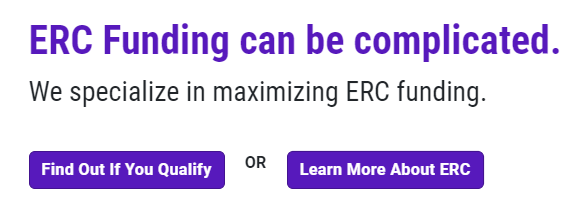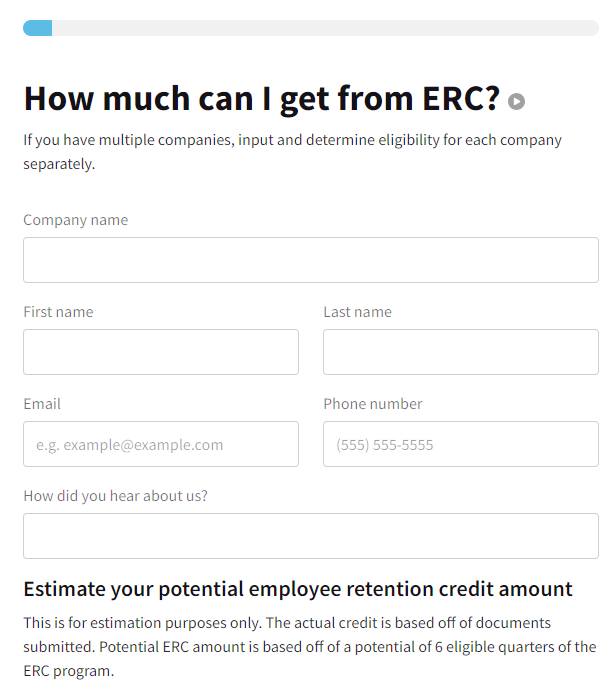You’re wondering if the Employee Retention Tax Credit (ERTC) is still available for your business. Let’s clear that up.
In this article, we’ll explore the ERTC, its eligibility criteria, and how to claim it. We’re breaking down the complexities to help you make informed financial decisions.
You’ve weathered the pandemic storm; now it’s time to understand the relief programs still at your disposal.
Let’s dive in.

What is ERTC?
So, what exactly is the ERTC, you might ask? ERTC, or the Employee Retention Tax Credit, is a refundable credit that aims to incentivize businesses that maintained their workforce during the COVID-19 pandemic. The U.S. government introduced it as part of their strategy to support businesses and keep unemployment rates in check during the global health crisis.
You’ll find that the ERTC can be quite beneficial for your business. It’s available to businesses of all sizes and non-profits. If you kept your employees on payroll, you could be eligible for a substantial tax credit, up to $26,000 per employee. Quite a significant sum, isn’t it?
Here’s another aspect that might interest you: the ERTC can be claimed retroactively. That means if you haven’t taken advantage of it yet, you might be able to claim it for previous tax periods. You’d do this through IRS form 941-X.
But before you start filling out that form, it’s crucial to understand the eligibility criteria. Were your operations fully or partially suspended due to governmental orders? Did your business experience a decrease in gross receipts compared to pre-pandemic quarters? If yes, you could be eligible.
How to claim the credit
Now that you’re familiar with the benefits and eligibility of the ERTC, let’s dive into the process of claiming this credit. The IRS processes ERTC claims through form 941-X. This form is your ticket to making the most of the credit available to your business. It’s crucial to fill it out accurately and in its entirety to maximize your claim.
As the process can be complex, it’s wise to consult with a professional. An accountant can help you understand the requirements and guide you through filling out the form. They’re also skilled at identifying areas where you can maximize your claim, ensuring you reap the full benefits of the ERTC.
To find a local Certified Public Accountant to assist you, consider resources such as the SF Chamber of Commerce or CalCPA. These organizations can help connect you with professionals in your area who are well-versed in the intricacies of the ERTC and the claiming process.
In addition to professional help, you may also be eligible for free tax preparation from the IRS. This service can be invaluable in navigating the ERTC claim process, especially for businesses grappling with financial constraints.
Remember, the ERTC is a valuable lifeline for businesses impacted by the pandemic. Taking the time to understand how to claim the credit and seeking professional help to do so can provide a significant financial boost.
Is ERTC still Available?
As you’ve learned how to claim the ERTC, you might be wondering if this credit is still available for your business. The good news is, while the ERTC technically expired at the end of 2021, there’s still an opportunity for eligible businesses to claim the credit retroactively.
Despite the expiration, the IRS continues to process claims, so if you haven’t already, you can still submit Form 941-X to claim your credit. This is especially beneficial if your business experienced closures or limitations during the pandemic. Remember, eligibility isn’t solely based on a decline in gross receipts year over year. Factors such as capacity restrictions due to indoor dining can also make your business eligible.
However, it’s essential to note that the ERTC isn’t an ongoing program. The opportunity to claim is limited to the defined period during the pandemic. Therefore, understanding the timelines and requirements is crucial to ensure you claim the credit correctly.
The statistics suggest that many businesses, such as restaurants, may not be fully aware of their eligibility. For instance, 98% of restaurants are eligible, yet many mightn’t have claimed the credit due to misconceptions about eligibility criteria.

Eligible Businesses
If you’re wondering whether your business qualifies for the ERTC, know that all types of businesses, regardless of their size, could be eligible. The size of your business is determined by the average number of full-time W2 employees you’d in a month during 2019. In 2020, if you’d 100 or more full-time employees, you’d be classified as a large employer. However, in 2021, the threshold was raised to 500 or more employees.
It’s important to note that the ERTC considers only full-time employees, who are those working more than 30 hours a week or 130 hours a month. Don’t confuse this with Full-Time equivalent (FTE), as it doesn’t factor into this calculation.
The classification of your business as large or small impacts which wages you can claim for ERTC. If you’re a small business, you’re in luck, as you can claim all wages during the eligibility period. However, if you’re a large employer, your claim would be limited to the wages of employees directly affected.
- For small businesses, all wages during the eligibility period can be claimed.
- For large businesses, only the wages of employees directly affected can be claimed.
- Full-Time equivalent (FTE) doesn’t factor into the ERTC calculations.
Conclusion
In conclusion, the ERTC could be a financial lifesaver for your business. But you’ll need to understand its requirements to fully benefit.
It’s crucial to stay informed about its availability and eligibility criteria. By learning how to claim this credit, you can strengthen your business’s financial position during these challenging times.
Remember, every bit of financial relief counts, and the ERTC might just be the boost your business needs.
